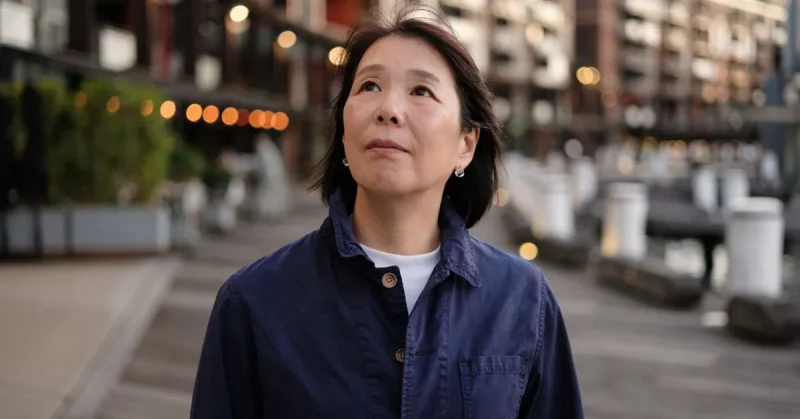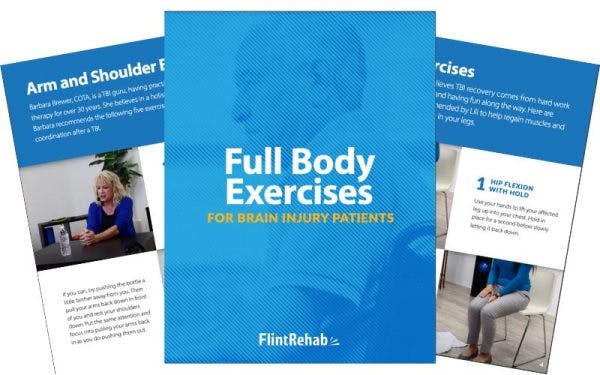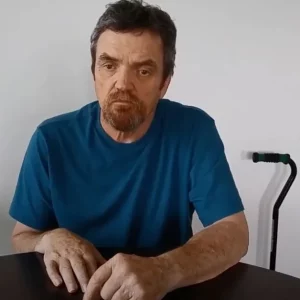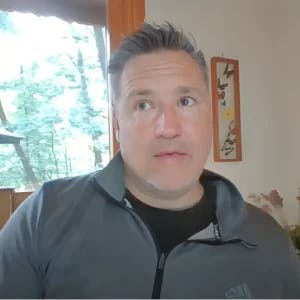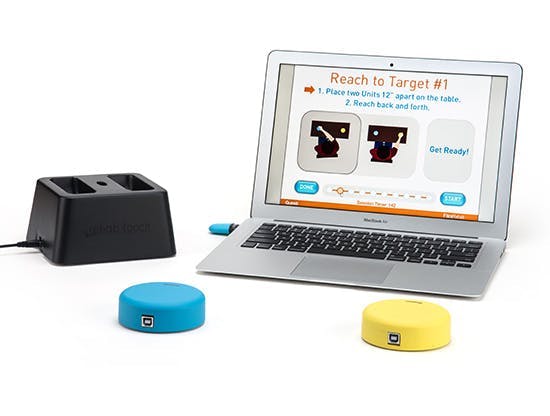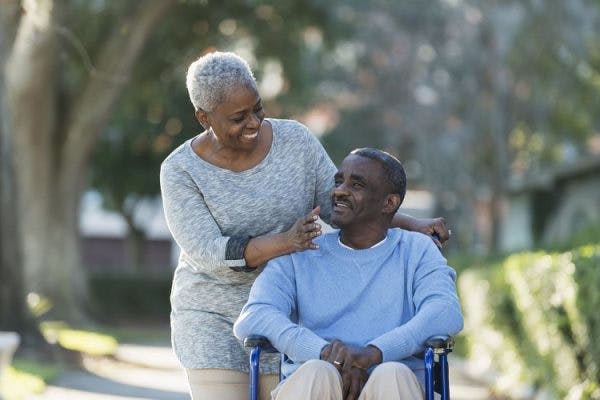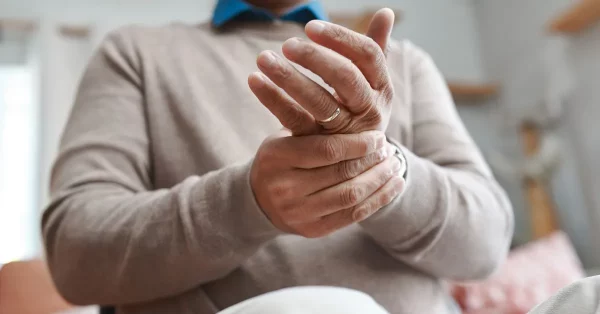Getting lost in a familiar neighborhood or feeling disoriented in your own home can be unsettling. For most people, navigating daily spaces comes naturally. But for those living with topographical agnosia, even routine routes can feel unfamiliar and confusing. This neurological condition can affect one’s ability to recognize landmarks, follow directions, or form mental maps of the environment.
In this article, we’ll explore what topographical agnosia is, what causes it, how it presents, and what strategies can help individuals manage life with this condition.
What Is Topographical Agnosia?
Topographical agnosia, also referred to as topographical disorientation or topographical amnesia, is a type of visual-spatial disorder that affects a person’s ability to navigate and recognize familiar places. It is not related to memory loss or general confusion.
Instead, people with this condition often have difficulty recognizing landmarks or recalling how different locations connect, even if they’ve been there many times.
There are different forms of this condition, each affecting navigation in unique ways. In some cases, people can recognize landmarks but struggle to put them into a meaningful spatial context. In others, they may have trouble recognizing the landmarks themselves.
Types of Topographical Agnosia
There are a few recognized subtypes of this condition. Understanding the differences can help clarify how it affects people in daily life.
1. Landmark Agnosia
This occurs when someone cannot recognize prominent landmarks, such as a well-known building, park, or monument. The structure itself may look familiar, but the brain doesn’t associate it with any spatial or navigational meaning.
2. Egocentric Disorientation
People with this form struggle with understanding directions in relation to their own body. For example, if told to “turn left at the mailbox,” they may have trouble figuring out which direction that is.
3. Heading Disorientation
This affects the ability to understand orientation in space. Individuals may recognize where they are and what direction they’re facing but can’t determine which way they need to go to reach a destination.
4. Anterograde Disorientation
This involves difficulty learning new spatial environments. A person might navigate familiar places just fine but becomes disoriented in new surroundings, even after repeated exposure.
What Causes Topographical Agnosia?
Topographical agnosia is usually linked to damage in specific parts of the brain, particularly areas involved in visual and spatial processing. The most common causes include:
- Stroke: A stroke that affects the occipital or parietal lobes can disrupt the brain’s ability to process spatial information.
- Traumatic Brain Injury (TBI): Head injuries can damage regions important for navigation and visual memory.
- Neurodegenerative Conditions: Diseases like Alzheimer’s or posterior cortical atrophy may gradually impair visual-spatial skills.
- Brain Surgery or Tumors: Removal of brain tissue or pressure from a tumor can lead to localized deficits.
The parahippocampal place area (PPA), retrosplenial cortex, and posterior parietal cortex are commonly associated with spatial orientation and landmark recognition. Damage to these areas can disrupt internal maps of space and place.
How Topographical Agnosia Differs from Other Disorders
Topographical agnosia can sometimes be mistaken for memory problems, general confusion, or even vision loss. But there are some key distinctions:
- Not a memory disorder: Individuals may recall details about people or events but struggle with spatial recognition.
- Not a visual impairment: Vision is often intact. The problem lies in interpreting what is seen in relation to space.
- Not the same as general disorientation: The confusion is specific to navigation, not to time, identity, or broad surroundings.
It’s important for clinicians to rule out other conditions, such as dementia or visual field deficits, to arrive at the right diagnosis.
Symptoms of Topographical Agnosia
Symptoms of topographical agnosia can vary based on which part of the brain is affected and how severe the damage is. Common symptoms include:
- Getting lost in familiar places
- Inability to recognize landmarks or buildings
- Trouble forming a mental map of a space
- Difficulty following verbal or visual directions
- Anxiety or frustration when navigating new areas
- Reliance on others or GPS for navigation, even in well-known settings
These challenges can significantly affect daily functioning, independence, and quality of life.
How Topographical Agnosia Is Diagnosed
Diagnosing topographical agnosia often requires a multidisciplinary approach, involving:
- Neurological exams: These help rule out other conditions and assess brain function.
- Neuropsychological testing: Specific spatial and visual memory tests can pinpoint areas of difficulty.
- Brain imaging: MRI or CT scans can reveal structural damage to brain regions involved in navigation.
- Functional tests: Clinicians may ask individuals to draw maps, navigate a space, or describe routes to familiar locations.
Because it is a relatively rare and specialized condition, diagnosis may take time and require input from neurologists, occupational therapists, and cognitive specialists.
6 Strategies To Help You Live and Manage Topographical Agnosia
Topographical agnosia can make everyday navigation feel like solving a puzzle without a clear picture. While there’s no medication or direct cure for this condition, many people learn to adapt and live a full life.
Let’s take a look at several practical strategies that help individuals live and manage topographical agnosia.
1. Use of Technology
Technology can be a powerful ally for individuals living with topographical agnosia.
For example:
- GPS navigation systems and smartphone mapping apps can offer clear, spoken directions, reducing the cognitive load of figuring out where to go.
- Apps like Google Street View allow users to preview routes visually, which can help with recognizing landmarks or intersections before ever leaving the house. Some apps also offer custom route saving, which is helpful for building a list of frequently traveled paths.
In addition, the familiarity of a consistent voice or display giving real-time guidance can help offer reassurance while also avoiding getting lost.
2. Environmental Cues
Modifying your environment with distinct and consistent visual cues can be a great way to make spaces easier to recognize and navigate. Some examples of ways to do this at home and work can include:
- Using Brightly colored objects, patterned rugs, or contrasting textures placed at decision points (like doorways or hallway junctions) can act as memory triggers.
- Adding labels or signage in both home and work settings reinforces location awareness.
- Keeping rooms and layouts consistent helps reduce confusion and builds familiarity over time.
These visual and tactile cues can help the brain form new associations, even if the natural spatial recognition system is impaired.
3. Route Learning Through Repetition
Repetition is one of the most effective ways to rebuild a sense of direction and increase confidence. In fact, consistently practicing targeted tasks, such as navigating to and from work, can activate the brain’s ability to rewire itself, a phenomenon known as neuroplasticity.
- Practice walking or driving the same route multiple times with a trusted friend or caregiver.
- Start with short, simple paths, and gradually increase complexity as comfort grows.
- Reinforce progress by talking through the route aloud, describing landmarks or turns as you go.
Remember that every repetition reinforces the mental maps and creates stronger memory associations tied to movement and location.
4. Mental and Physical Markers
Creating associations beyond just visual landmarks can make it easier to identify places and stay oriented. Engaging multiple senses and emotional connections can be a great way to do this.
- Use scents (like candles or air fresheners), sounds (like chimes or music), or textures (like rough doormats or smooth railings) to provide alternate sensory cues.
- Place consistent objects at specific locations—like a unique plant near the entrance or a specific color rug at the top of stairs.
- Assign meaning or stories to certain landmarks, which can help strengthen recall.
By engaging multiple senses and emotional connections, these markers provide backup systems for navigation.
5. Occupational and Cognitive Therapy
Working with a professional therapist can help tailor a navigation strategy based on individual needs.
- Occupational therapists can help restructure home or work environments and teach compensatory strategies.
- Cognitive rehabilitation programs may include exercises that build spatial memory, improve visual processing, and strengthen attention to environmental details.
- Therapy may also involve practicing real-world tasks like grocery shopping or walking a familiar block, with the goal of increasing independence.
Therapists can help set realistic goals and provide consistent support throughout the adaptation process.
6. Emotional and Social Support
Adjusting to life with topographical agnosia involves more than just navigation tools. It also requires emotional resilience and social connection.
Feelings of anxiety, frustration, or embarrassment are common and valid. Talking to a mental health professional can help manage the emotional toll and build coping skills.
In addition, support groups, whether online or in-person offer a place to share experiences and learn practical tips from others facing similar challenges. Family and friends can also play an important role by providing encouragement, helping practice routes, and being patient during outings.
The key is that being open about the condition can help reduce the pressure to “hide” navigation difficulties and allows others to offer meaningful help.
Learn more about our online stroke support group
Learn more about our online brain injury support group
When to See a Specialist
If you or a loved one begins to experience disorientation in familiar places or struggles with directions in a way that seems out of the ordinary, it’s worth speaking with a healthcare provider.
Early assessment can help:
- Identify underlying causes
- Prevent safety issues
- Connect you with tools and therapies that make life easier
Even if the symptoms are mild, tracking them over time and addressing them early can improve quality of life.
Topographical Agnosia Final Thoughts
Topographical agnosia can be a challenging and often misunderstood condition, but it’s not insurmountable. With the right strategies, tools, and support, individuals can regain confidence in their ability to move through the world.
If you or someone you know is struggling with spatial awareness or navigation, you’re not alone. Many people face these challenges quietly, but there are ways to adapt and thrive. By staying informed and seeking help when needed, life can become easier to navigate both literally and emotionally.
We hope this article helped!

